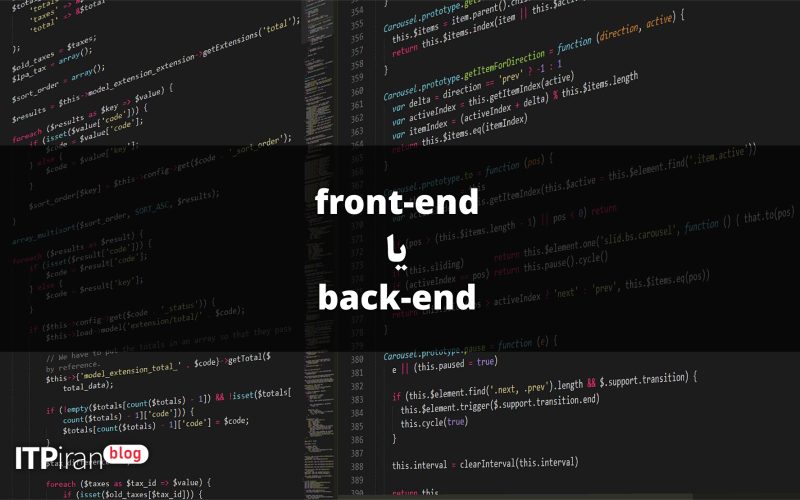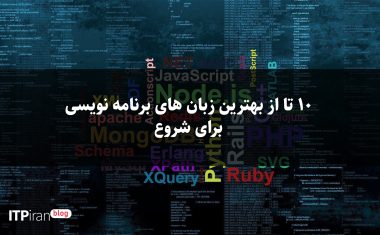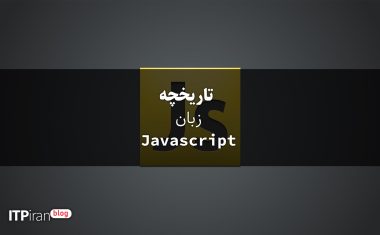Introduction
Websites are made up of two parts: the front-end that users see, and the back-end that forms the invisible structure that makes the front-end possible. The difference between front-end and back-end development can seem confusing, given their similarities in how websites function properly. Front-end developers design the visual aspects of websites for user interaction, including colors, layout, and fonts. Back-end developers create the invisible structure that helps websites function properly. Back-end developers have a different technical skill set and earn more than front-end developers. Full-stack developers work with all parts of a website, using both front-end and back-end programming skills. Keep reading to learn more about front-end vs. back-end development, including the key skills needed for both focuses.
Front-End Development
Front-end development focuses on the user side of a website. Front-end developers ensure that visitors can easily interact with and navigate sites using programming languages, design skills, and other tools. They create drop-down menus, layouts, and designs for websites. Front-end developers use computer programming languages such as JavaScript, HyperText Markup Language (HTML), and Cascading Style Sheets (CSS) to design websites. Each language serves a unique purpose. HTML specifies the content and structure of the site, CSS adds design features, and JavaScript creates advanced interactive features. Less commonly, front-end developers are familiar with other programming languages such as Python, PHP, or Ruby. These developers need expertise in using frameworks and libraries such as jQuery, Bootstrap, AngularJS, and EmberJS. Frameworks ensure that content appears correctly on all devices, while libraries compress code into smaller, time-saving packages. Front-end developers may also use graphic design programs such as Photoshop or Sketch, along with code editing tools such as Notepad or Eclipse. Front-end development requires technical expertise and creativity to ensure that the user interface of websites looks and works correctly. Front-end developers work with back-end developers, designers, and user experience analysts. A front-end developer typically needs a bachelor's degree in web design, programming, computer science, or graphic design. Some people develop these skills through previous work, programming bootcamps, or projects to find a job without pursuing formal education.
Front-End Developer Skills
- HTML: HTML is the standard programming language for implementing the content and overall structure of a web page.
- CSS: Front-end developers use CSS to create the colors, style, layout, and fonts of a web page. These developers may use CSS preprocessors like SASS or LESS to speed up the development process.
- JavaScript: Front-end developers use JavaScript for sites that use interactive features such as videos, sounds, animations, and games. JavaScript includes libraries with plugins and extensions to make websites run faster.
- Communication Skills: Effective communication skills help front-end developers work effectively with clients and back-end developers on web projects. Developers may need to explain design issues to clients who may not have a technical background.
- Creativity: Creative front-end developers improve the look, feel, and usability of websites. They help ensure that a site is visually pleasing and can easily move beyond functionality alone.
Back-End Development
Back-end developers focus on the back-end of websites. They use technical skills to perform behind-the-scenes tasks that create the overall structure and functionality of a website and allow the front-end of the site to exist. These professionals create the site’s operations, database, and application programming interface (API). The back-end includes an application program, server, and database. Computer users often don’t see the back-end development elements that lie beneath the surface of a website. Back-end developers need advanced experience in server-side programming languages such as Java, Python, and Ruby to build applications. Students can learn or become familiar with specific computer programming languages by completing bootcamps. Back-end developers use tools such as SQL Server and Oracle to store, organize, and manipulate data. Employers often require expertise in PHP frameworks, version control software, and debugging systems and applications. Back-end developers work with developers, management, and business stakeholders to understand the goals of each project. Most employers require back-end developers to have a bachelor's degree in computer science, programming, or web development. Some back-end developers can find jobs without a four-year degree by learning through relevant work experience or bootcamps. With additional training, education, or certifications, some back-end developers can turn their experience into high-paying jobs as software engineers.
Back-End Developer Skills
- Python: Back-end developers use the Python programming language to write data structures and algorithms to build websites. They also use Python libraries and frameworks like Flask, Django, and NumPy.
- Java: Backend developers use this programming language, which was created for compatibility with other platforms, to build applications.
- Ruby: Ruby is a free, open-source, back-end programming language. Back-end developers can use it to quickly create new applications. Ruby includes everything a site needs to run, so full-stack developers often use this language as well. Ruby works especially well for high-traffic websites.
- Problem-solving skills: Back-end development often requires problem-solving skills to fix technical issues in the website creation process. These tasks may include debugging and testing systems and applications.
- Communication skills: Back-end developers need strong communication skills to complete projects effectively. Developers may need to explain technical web design issues to stakeholders who may not be technically savvy.
What is the difference between Front-End and Back-End?
All websites require front-end and back-end development. Front-end development focuses on the visual aspects of a website – the part that users see and interact with. Back-end development involves the structure, systems, data, and logic of the site. Front-end and back-end development combine to create interactive and visual websites. Both types of developers require strong coding skills. Front-end developers use programming languages to bring the client-side of a site to life. This development requires technical, creative, and communication skills. Back-end developers use server-side programming languages to ensure websites function properly. Back-end developers are in high demand for their technical expertise. According to PayScale data in 2023, back-end developers will earn an average of $90,652, while front-end developers will earn an average of $80,796.
Full Stack Development
Full-stack development encompasses the entire application, including both back-end and front-end development. Rather than specializing in one type of development, full-stack developers apply their skills to both. Companies typically hire full-stack developers for their “big picture” mindset and thorough understanding of the creation process. Full-stack developers are familiar with both front-end and back-end programming languages, such as JavaScript, Java, Python, and CSS. Other common skills include experience with web architecture, algorithm development, databases, and Git and GitHub. Becoming a full-stack developer takes longer and requires mastering both types of skills. Pursuing full-stack development can open doors to more opportunities and help you stand out from the competition. PayScale reports that full-stack developers will earn an average annual salary of $81,902 by 2023.
Questions about types of software engineering
Is front-end development easy?
No, but some people may find it easier than back-end development. Front-end developers need strong coding skills, but back-end development requires more advanced technical expertise.
What is needed for front-end development?
What does a Back-end Developer do?
Back-end developers are responsible for the behind-the-scenes work required to build the structure and logic of a website. They create the invisible “brain” of websites that underlies the site’s structure.
How can I become a backend developer?
Back-end developers typically have a bachelor's degree in web development, programming, computer science, or a related field. Some employers hire back-end developers who develop their skills through on-the-job experience, bootcamps, or other training.










